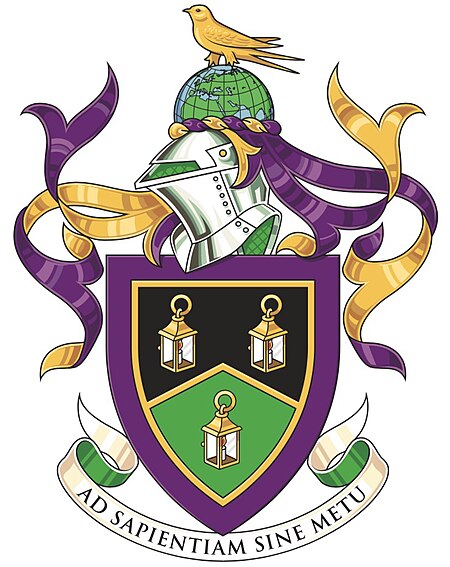Streatham and Clapham High School

Streatham & Clapham High School is an independent day school for girls aged 3 to 18, in south London. The school was founded in 1887 by the Girls' Public Day School Company, which established schools for girls providing academic, moral and religious education. The Head Master is Dr Millan Sachania. The ability profile of the school is above the national average, with a proportion of pupils being far above the national average. The 2019 Independent Schools Inspectorate report awarded the school the highest grade in both categories inspected ('Excellent'): the quality of pupils' academic and other achievements and the quality of their personal development.The school is located on two sites, the Prep School in a Victorian building in Wavertree Road, London SW2, and the Senior School (including the Sixth Form) in buildings designed in the 1930s by J. E. K. Harrison.
Excerpt from the Wikipedia article Streatham and Clapham High School (License: CC BY-SA 3.0, Authors, Images).Streatham and Clapham High School
Abbotswood Road, London Manor Park (London Borough of Lambeth)
Geographical coordinates (GPS) Address External links Nearby Places Show on map
Geographical coordinates (GPS)
| Latitude | Longitude |
|---|---|
| N 51.4351 ° | E -0.1381 ° |
Address
Streatham & Clapham High School
Abbotswood Road 42
SW16 1AW London, Manor Park (London Borough of Lambeth)
England, United Kingdom
Open on Google Maps






